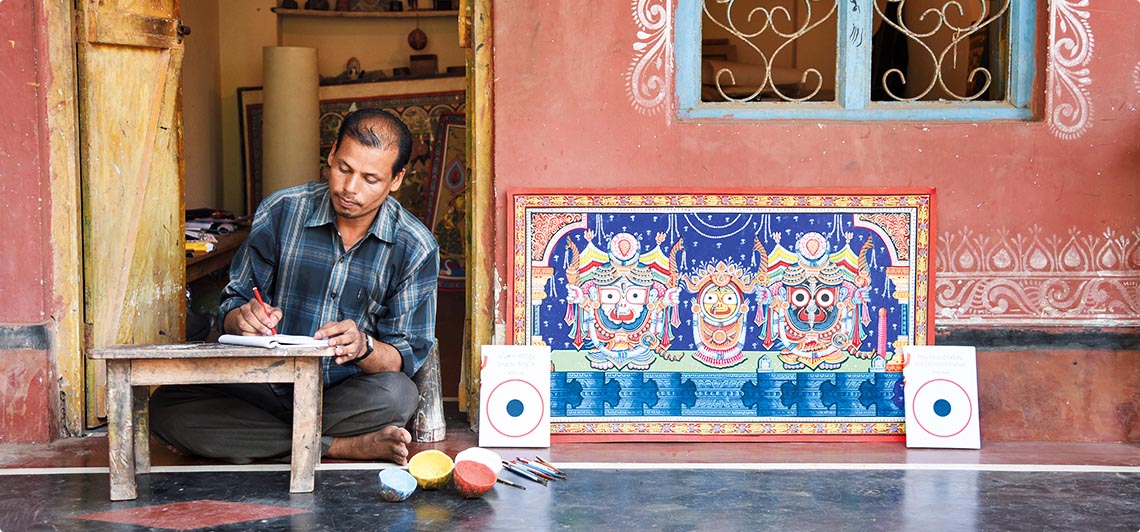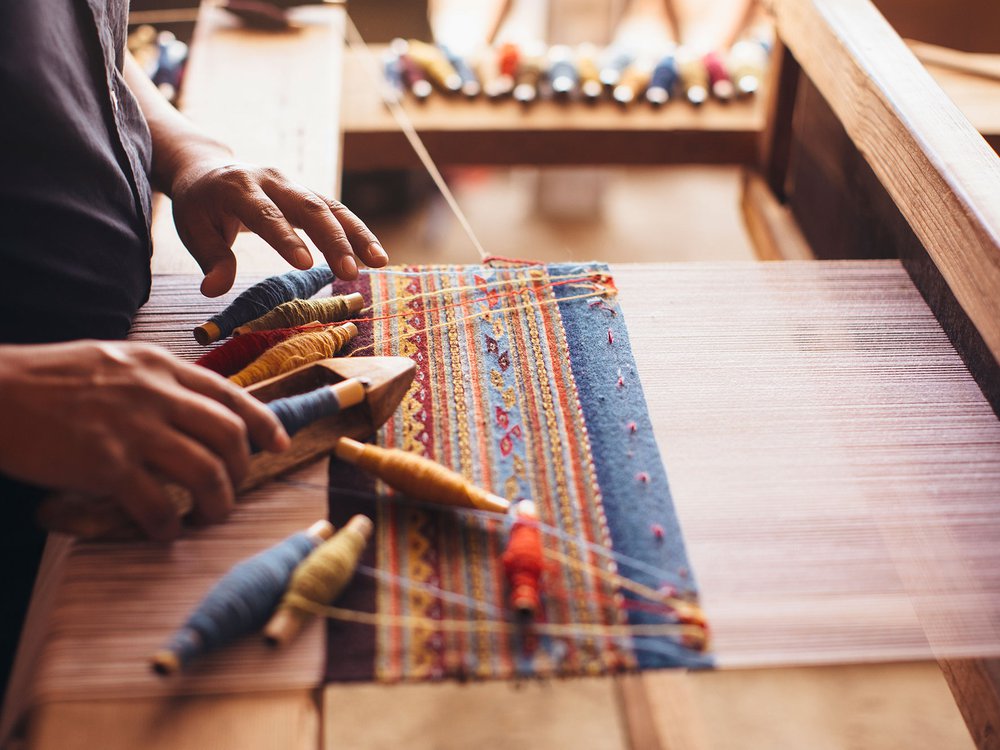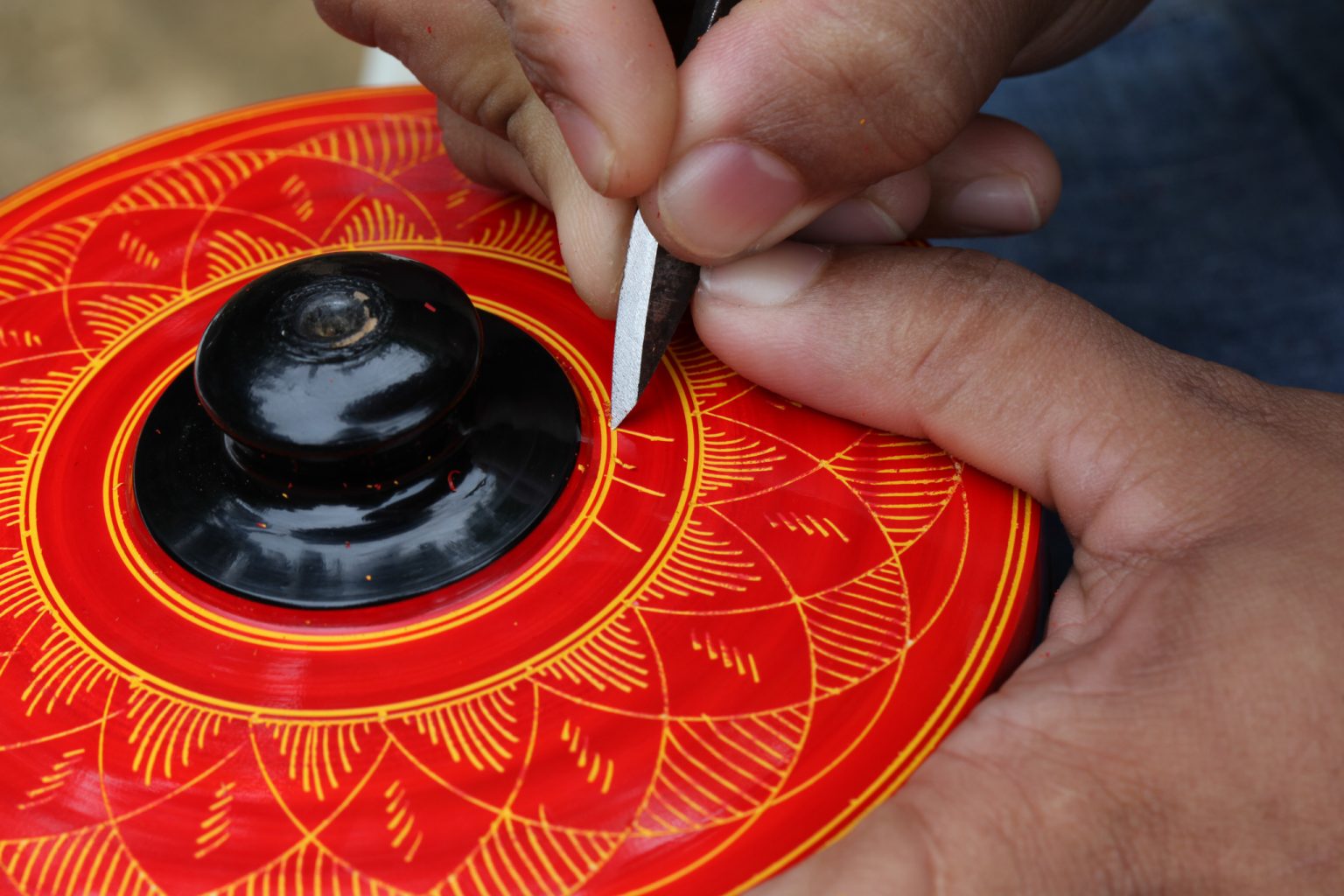In today’s fast-paced and ever-changing world, traditional arts and crafts often find themselves overshadowed by modern conveniences and digital advancements. However, it is crucial to recognize the immense value of preserving these time-honored practices. Traditional arts and crafts represent the cultural heritage and collective wisdom of our ancestors, offering us a glimpse into our rich history and fostering a sense of identity and belonging. In this blog post, we will delve into the importance of preserving traditional arts and crafts and explore how they contribute to our society’s well-being and cultural sustainability.
Preservation of Cultural Identity
Traditional arts and crafts serve as a powerful means to preserve and perpetuate a community’s cultural identity. These unique artistic expressions are often deeply rooted in local traditions, values, and beliefs. By preserving these artistic practices, we ensure that our heritage remains alive and accessible to future generations. Traditional arts and crafts provide a tangible connection to our ancestors, allowing us to understand their way of life, their struggles, and their triumphs. They foster a sense of pride and belonging within a community, as individuals can identify with their shared cultural heritage.

Economic and Touristic Value
Preserving traditional arts and crafts also has significant economic and touristic benefits. Many communities around the world rely on their cultural heritage as a source of income and sustainable development. Traditional crafts such as pottery, weaving, and carving create opportunities for artisans to showcase their skills and generate income. By promoting and preserving these crafts, we can support local economies, create jobs, and foster entrepreneurship. Additionally, traditional arts and crafts often attract tourists who seek authentic cultural experiences. Tourism centered around traditional crafts can contribute to local economies and provide opportunities for cultural exchange and appreciation.
Social Cohesion and Well-being
Traditional arts and crafts have the power to bring people together, fostering social cohesion and a sense of community. These practices often involve collective efforts, where community members come together to learn, create, and celebrate. Traditional arts and crafts promote intergenerational interactions, allowing knowledge and skills to be passed down from one generation to the next. By engaging in these activities, individuals can experience a sense of fulfillment, satisfaction, and well-being. The act of creating art and craft forms can be therapeutic, providing a means of self-expression and reducing stress.

Preservation of Traditional Knowledge and Skills
Preserving traditional arts and crafts ensures that valuable knowledge and skills are not lost to the passage of time. Many traditional crafts require intricate techniques, specialized tools, and a deep understanding of materials. By passing down these skills from one generation to another, we safeguard centuries of accumulated wisdom. Traditional crafts also often utilize sustainable and environmentally friendly practices, promoting a harmonious relationship with nature. The preservation of these skills allows us to tap into alternative ways of thinking and problem-solving, promoting creativity and innovation in contemporary contexts.
Education and Learning Opportunities
Traditional arts and crafts offer unique educational opportunities that go beyond textbooks and classrooms. Engaging in these practices allows individuals to learn about history, culture, and craftsmanship in a hands-on and experiential manner. Traditional crafts foster creativity, critical thinking, and problem-solving skills. They encourage individuals to explore their imagination, develop patience, and enhance fine motor skills. By incorporating traditional arts and crafts into educational curricula, we can provide a well-rounded education that values cultural heritage and promotes holistic development.
Conclusion
Preserving traditional arts and crafts is not merely an act of nostalgia; it is a vital step towards maintaining our cultural heritage, supporting local economies, and fostering social well-being. These artistic practices carry with them the stories, traditions, and values of our ancestors, serving as a powerful reminder of our shared humanity. As individuals and communities, we must recognize the importance of preserving these time-honored traditions, ensuring that they continue to enrich our lives and inspire future generations. By doing so, we celebrate our collective identity, promote cultural diversity, and create a sustainable and culturally rich world for all to enjoy.


